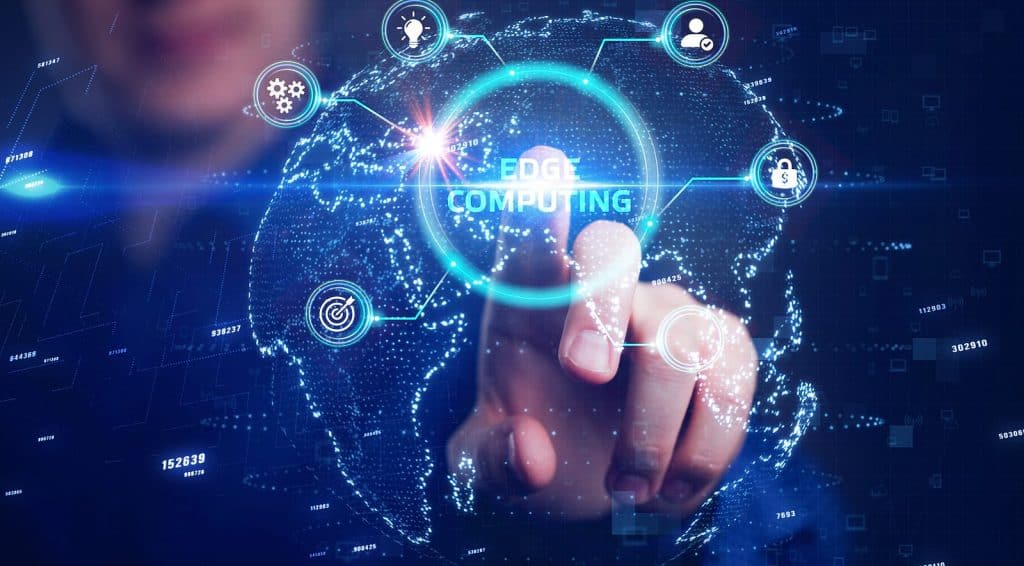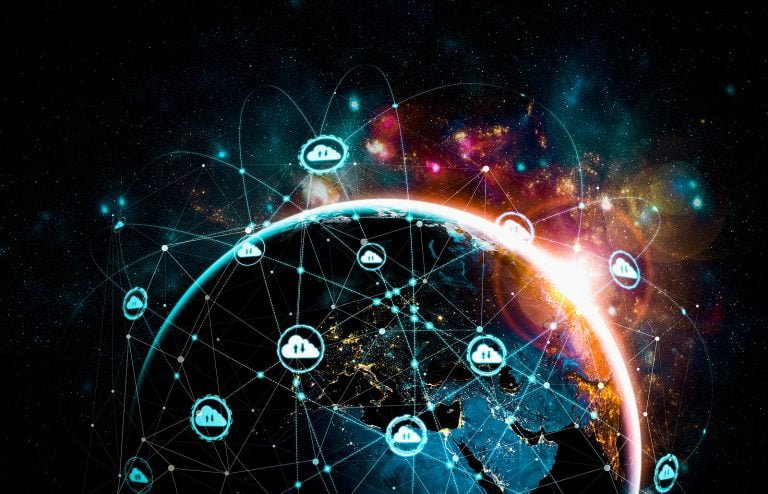The world we live in is getting more data-intensive day by day. The Cisco Global Cloud revealed that data center traffic has been increased by three fold since 2015.
Table of Contents
ToggleEdge Computing & 5G Network A 360 View
This exponential growth of data demands the use of edge computing. In simple terms, it means that the computational devices are placed closer to the data source(s) with the expectations to have high throughput and low latency.
5G is the latest version of mobile communication networking technology that offers higher internet speed, greater reliability, and improved capacity to handle a high volume of data transmitted by various 5G supported devices.
The Various Contributions of Edge Computing & 5G Network
Edge computing has made tremendous contributions spanning across multiple faculties of science. For example, IoT (Internet of things) is a significant beneficiary of edge computing along with a 5G network.
IoT is in massive use today, autonomous vehicles transportation industry, health care systems, power grids, defense departments, cloud services, and domestic use are just the tip of the iceberg.
The collaboration of edge computing and 5G makes this happen by expanding innovation boundaries and leveraging technological achievements. Today’s computer scientist is free from traditional limitations.
The Different Forms
In the past, before higher data transmission rates and sophisticated technology were at our disposal, the end-user experience was less than ideal. Slower processors and limited bandwidth were frustrating.
Luckily we live in an era of edge computing with a 5G network. If you are working in the I.T. industry, you’ve likely seen it in action, in some form:
- Distributed data networks
- Web analytics
- A.I. implementation
- Distributed processing
- Different forms of cloud services and some sophisticated web services.
How does This Technology Affect Me?
There are numerous ways by which we are being affected by this technology. Since the start of your day, when you silence your buzzing alarm to the last-minute Facebook or Twitter status check before falling asleep, you are in a relationship with this technology.
Nobody wants to be left behind when it comes to the latest and greatest technology. More processing power and lightning-fast internet speed are now becoming the norm.
You do not want to get annoyed by a struggling processor or a crawling internet when you are under attack in a session of PUGB or FORTNIGHT.
Daily Use
From a clap of your hand to turn off the lights to ordering food with just a few taps on your phone are just a few examples.
Cloud-based edge computing, combined with the 5G network, is considered a lifesaver for many. Researching and analyzing data for your assignment, checking timetable for trains, booking a flight from the back seat of a cab, paying your electricity bill from overseas while you are on a trip to some paradise island, traversing the gigantic library of videos on YouTube and making payment for your favorite coffee at your neighborhood café using your smartphone, might be your routine use of this technology.
Upside and Downside
Edge computing in 5G technology is undoubtedly a remarkable achievement. It provides much better control at the edge. The central deployments and multi-access computing has contributed to the overall efficiency and improved performance. A simple example would be the remote management of a network. A person sitting on one side of the world can efficiently resolve your problem without even leaving the chair.
The generation of high volumes of data is a major downside. Processing power at the edge is gradually rising along with the processed data, and if you ignore it, the result will be severe.
For example, due to the current pandemic, let’s say all hospitals started to only give away information via Electronic Medical Record System.
The hospital prescribes a certain pill to the patient, and the patient forgets to check the notification and did not take the pill, this could have serious implications.
Hurdles Down The Road
There is a huge difference across countries technologically. Not all countries are willing to deploy 5G networks, and some countries are still using decades’ old technology that cannot support edge computing yet.
Lack of technological integration, high cost, degraded quality of experience (QoE), privacy, and security are some of the key hurdles faced by this technology.
Frequency band, data rates, and coverage area are some major technical hindrances down the road.
Contemporary Limitations
Latency and the high volume of data processing have always been main issues with the modern network and the edge computing within 5G. Nowadays, modern devices and gadgets are becoming more and more data-intensive and power-hungry; as a result, the delay within the data transmission causes depleted battery life.
For instance, in an autonomous driving vehicle, connected to a 5G network needs to analyze and process massive data at the edge, and then act upon it. If you travel in a self-driven car, and suddenly someone jumps in front of it. Ideally, that car needs to hit the brake instantly, and if there will be any delay in the processing of that car, well, the consequences will be very drastic.
The Envisage
Most of the mobile carriers in the developed countries are adopting the 5G technology. In order to take this leap, we need to make sure we are equipped with the latest edge computing architecture.
The global pandemic situation has now forced us to think of dropping our traditional ways and plan to adopt modern methods.
It has been expected that gradually most of the business processes will be automated using powerful 5G. The main areas in the spotlight are:
- Smart Transportation
- E-Retail
- Smart Health Systems
- Smart Homes
- Connected offices and home office
- Automated Industries
- Software-defined network
Of course, the list is huge, but the current situation has forced people within the aforementioned sectors to think outside the box and take advantage of the latest technology with minimal human intervention.
Expectations of This Technological Path
Gartner’s report revealed that “almost 10% of corporate-generated data is created and processed outside a traditional centralized data center or sometimes within the cloud. By 2022, also Gartner estimated this figure would reach 75%”.
Scientists around the globe are encouraging and welcoming this upgrade. The process will be tremendous and obviously costly, but the fruit it will bear will be far sweeter than what we have now.
The evolution of the mobile network to generation-5 will open new doors to opportunities, and this massive amount of data generation has to be propagated in a cellular form.
The humongous processing requirements also force us to deploy 5G using edge computing so that the end-user can have an unprecedented experience.
Competing with the market requirements while being modern, edge computing has a leading role in 5G networking, and it is also a dire need of this century.
Summary:
Edge Computing and 5G Networks
This exponential growth of data demands the use of edge computing. In simple terms, it means that the computational devices are placed closer to the data source(s) with the expectations to have high throughput and low latency.





